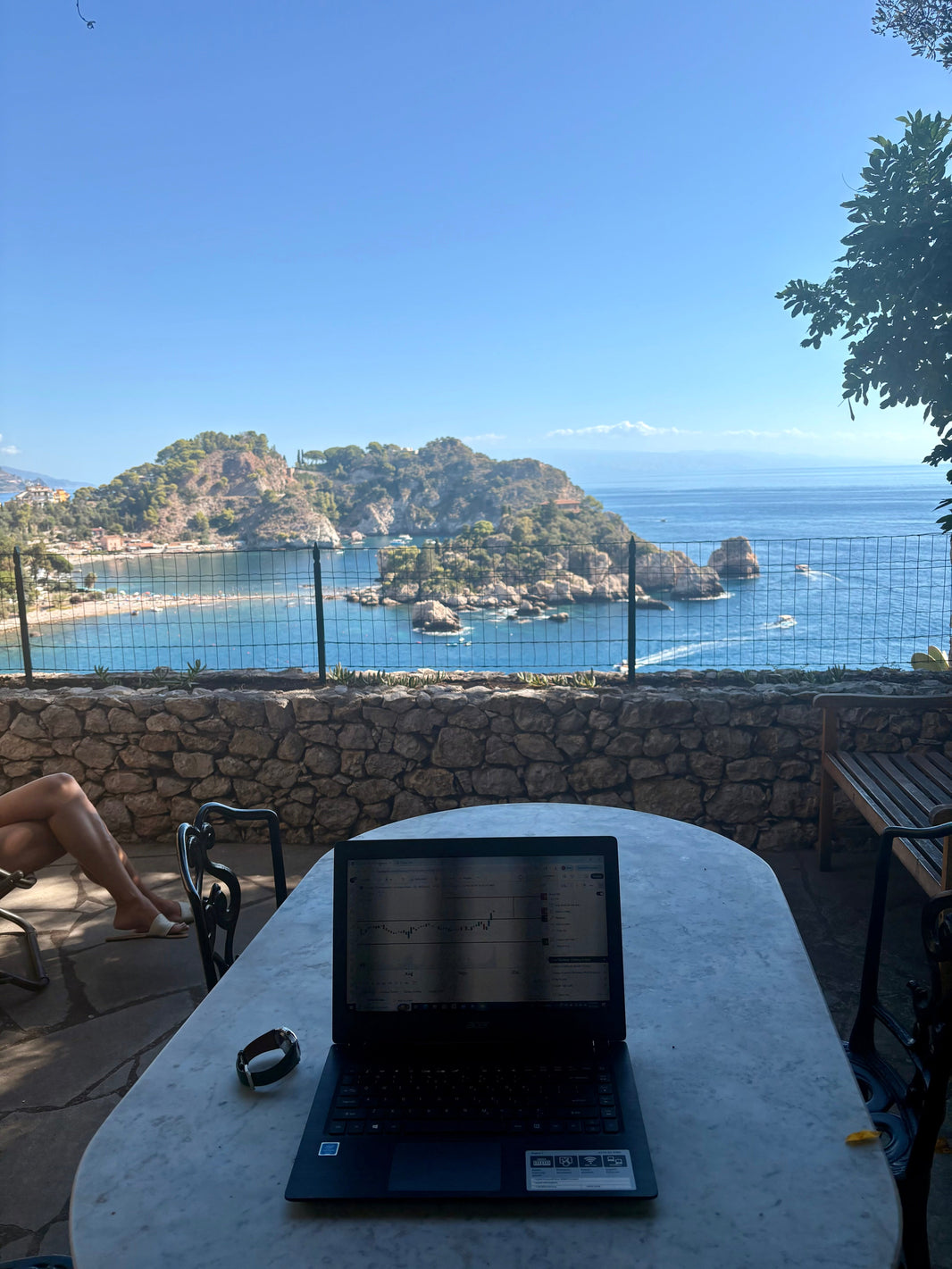

We know what tends to happen at the first retest, we should see a push up through 640 into the week ahead. Yet, rarely does the market really push higher at this first retest. This will be the time to raise stops to protect your positions if this retest does what it normally does. Congrats to everyone who is still in WMT and CSCO.
We saw Nasdaq this week close a smidge above the prior ATH, as the Nasdaq names have been leading. We should continue to keep a close eye on them as they lead the market.

Now, on the flip side, if or when this bullish uptrend changes, we have seen some clear clues from Materials, Biotech, and what could be coming for Tech and our leaders.

Materials was one of the first sectors to break the support trend line of the bullish channel it was in. After breaking support, it has flipped into resistance for the time being. This flip wasn't an all-out “h” over back to lows, but a shift into a new basing stage. The key factor here was that flag at $206 that could not break higher while the tiny Mickey Mouse flag that lost momentum.

Biotechs are showing us the same. They could not break above the Mickey Mouse flag through 136 and have just started to test and break below support. It is still early on, but support has flipped into resistance for now. The longer that continues, the more confirmation we get that the shift into a new stage has started.

Now, Nasdaq and tech names have been leading us higher. What we want is a break above the ATHs for the trend to continue on the path of least resistance, which would be higher. But what we may get could be a break of the support trend line that, like Materials and Biotech, has flipped into resistance.
We don’t have to get too into the weeds on either outcome as the ranges get tighter. Buyers and sellers will fight it out and there will be a clear winner.


















ADP

MS

FIX

MEDP

TRS

CSCO

WMT

EBAY

GLD

GNRC

_____________________________
Lesson's From The Track
During the summer, if it’s no shock, I spend most of weekends at the race track. Given the number of speeding tickets I get, going to race safely on the track is far more fun.
As I continue to work towards a new personal best, which would bump me up into the experts group, there seems to be an endless amount of lessons to learn, session after session. I am feeling firsthand my own 10-step challenge on the track as I try to break a 1:40 lap time, where the record is currently 1:25 and the coaches average mid-1:30s. Rookies, in comparison, average 3-minute+ lap times.
This weekend was a bit busier than usual, with as many as 60 racers on the track at a time, getting up to speeds as high as 160 mph. Crashes happen. This weekend, there was an endless amount of crashes and quite a few I witnessed firsthand.
Of the half-dozen crashes I personally witnessed, it was the same costly mistake—an inexperienced racer trying to keep up with more experienced riders. Ego was the mistake.
I could tell from how they were braking, their rigid body position, and other subtle clues that they were, for the most part, clueless. Anyone can twist a throttle in a straight line, but when that 180-degree turn downhill is coming up, that requires skill and understanding the set up of that turn. Skill these riders had not earned; they were jumping into the game with little seat time. Just like most of us, myself included, have learned in the markets often a similar mistake.
Before these riders crashed, I knew watching them go into the corner that they would be tumbling off the track in moments—and that’s exactly what would happen. After all that time spent preparing to get to the track, getting the bikes inspected, waiting for the session to start, only to crash a few turns in. Once you crash, your race day is over. You might have spent thousand of dollars to prepare for a day of racing that ends minutes into the day. As all the dangerous riders crash and are sitting on the sidelines, the experienced riders with much smaller egos enjoy lap after lap. There is almost a direct correlation between a racer’s speed and how small their ego is—the smaller the ego, the faster the rider.
As I’m currently in my own step 5 of my racing journey, getting feedback and listening to the coaches is gospel, as they’ve been in my shoes, and the simple feedback given is all I need to improve. I don’t need a faster bike or better parts; I need to work on my own skills. I've been trying to stay on the bike to dive into corner at a steeper lean angle, while the coach told me to literally do the opposite. Instead of leaning farther, his advice was to lean less, aim to keep the bike as upright as possible to carry more speed through corners.
Just as we try to instill with you here, in the beginning you might have thought more shares of a cheaper name was better then 1 share of a really expensive stock. When now you know which is the obvious better choices. Better choices I continue to learn on the track. Racing and trading both have similar results based on the effort we put in. We don't need faster setups, we just need smarter effort, nothing less, nothing more.








